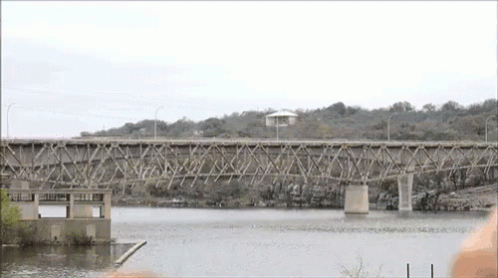Im a believer in the multichain world.
Anyone nocoiner or beginner-coiner I talk to that shows interest in starting to put money into some crypto exposure I tell them the same thing. Buy some BTC and ETH at regular intervals (plenty of tools on coinbase or otherwise to do this automatically) over an extended period of time and try not to think about it.

Two different assets that are native to two different chains. Nothing else comes close in my opinion but I’m open to changing that. ZCASH has been around for a long time and provides a unique use case. Layer2s (Arbitrum, Optimism, Polygon, etc) have been around a while and have some native (either the gas asset or just “home base”) assets emerging. There is no reason to think there wont be interesting and desirable things to do on multiple public blockchains well into the future.
If that is the case it stands to reason that there will be demand to move these desirable assets from one chain to the other. The Asset and The Chain are, in essence, different things but, in practice, quite intertwined.
What does one mean by “Native” when saying “An asset is native to a chain”. Lets think of the genesis, or birth of a cryptoasset. At some point it is minted into being by a contract and a deployer of said contract (which can be a person or another contract). once some tokens have come into existence what then matters is who has the ability to bring more of that asset into existence. Any number of configuration decisions can be made, mintable by address or contract but addresses and contracts are chain specific.

A bridge too close
If you want to move an asset to an alternate chain (from ethereum to avalanche or even to an L2 like ethereum to arbitrum) you need a bridge. Theres a wide array of technologies behind bridges but in the end they fall into 2 categories. Caveat is non-crypto-native assets like USDC that are very centralized and minted based on specific actions (Circle USD deposits) and are configured to be able to be “minted” on multiple chains.
-
Glorified multisig - a contract that receives asset on chain A and mints an asset (colloquially referred to as a “wrapped” asset) on chain B. Burns asset on chain B and releases on A
-
Mint/Burn privileges - Is allowed to mint an asset on B when asset on A is burned and mint asset on A when asset on B is burned
What this means is that either theres a fat contract full of a token in situation 1 or mint rights given to a contract in situation 2. Both of these are highly problematic since, if someone is able to gain control of these functions they can release the large sums of tokens locked in the contract or mint as much as they want. If a bridge/asset says they are NOT doing one of the above they are lying and I would suggest running as fast as possible in the other direction.

THIS is why bridges are such an appetizing target for attackers, its the highest upside payout. 5 of the top 6 biggest crypto hacks of all time are bridge attacks. So how to reconcile this inevitable multichain future with the inherent danger of bridges?

Reducing Friction

The future will be multichain. Its just going to be harder than configuring a multisig to manage a wrapped asset or giving over minting rights. Why does someone need Asset A on chain Y instead of chain X? The history of defi shows that protocols and liquidity are more than willing to follow the money to whatever chain attracts sufficient TVL and TVL is willing to take the risk to travel to new chains to chase new use cases and seek returns. Eventually wallets will abstract away the need for bridging, having the gas token on the chain you are bridging to, and any other inconveniences. Personally I think this abstraction will happen on another meta-layer wallets interact with, which is what we have built at zeroDAO (so obviously biased in that opinion). How exactly this looking the end though is still TBD which is why zeroDAO has been years in the making and still has plenty of building ahead of it. Optimized access with the minimized risk is what we should be striving for and we wont get there with multisigs holding billions of dollars in value waiting to be exploited. With the right routes and liquidity in place bridges can be more of a just-in-time utility, only needed at one point throughout the transaction and not statically holding large sums.
Keep your assets on their native chain. If you do you are accepting the risk of the chain its on, the asset itself, and whatever protocol it may be associated with or deposited in. Once you “bridge” it you are keeping all of those risks and adding the risk from the bridge and the chain you have brought it to.
Till next time, keep noodlin’